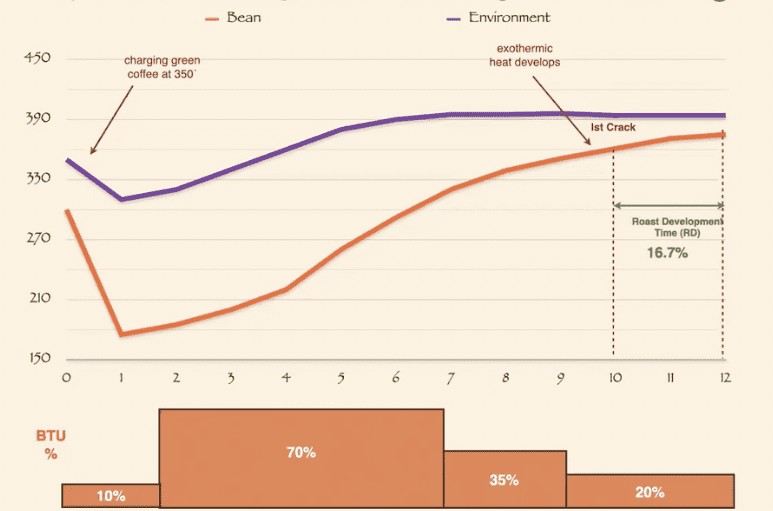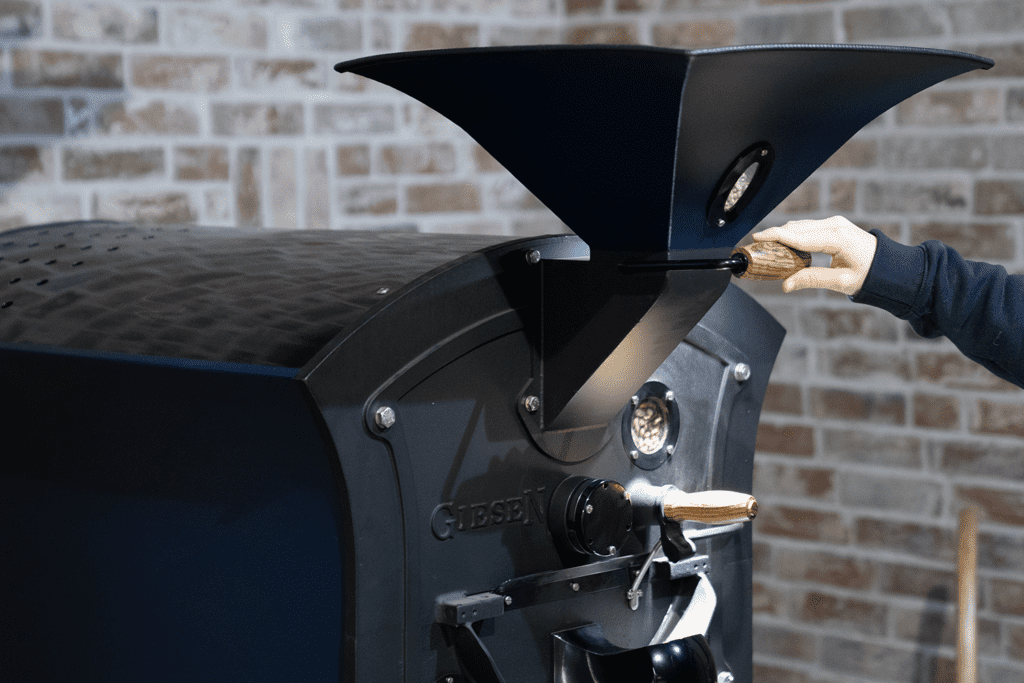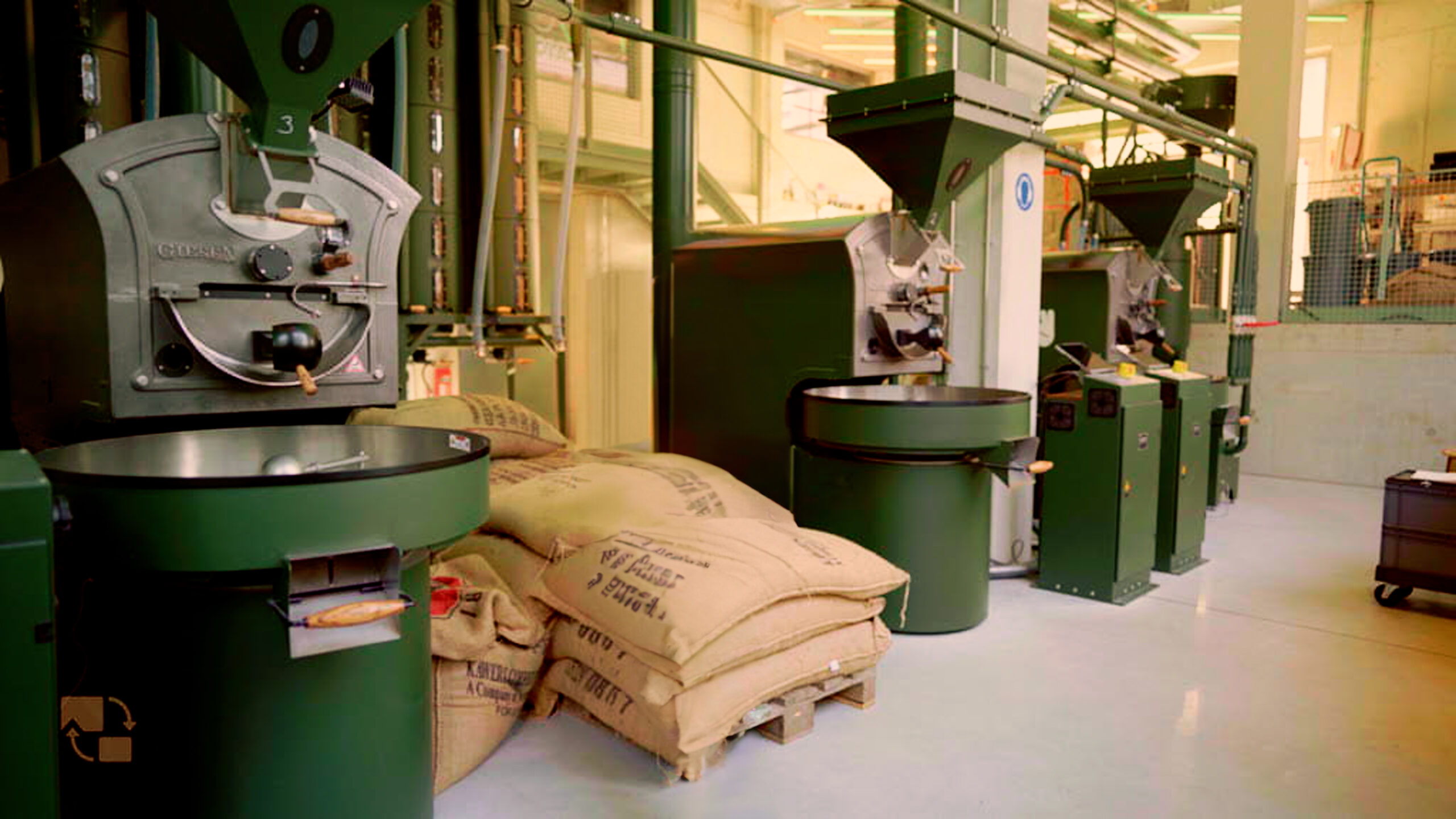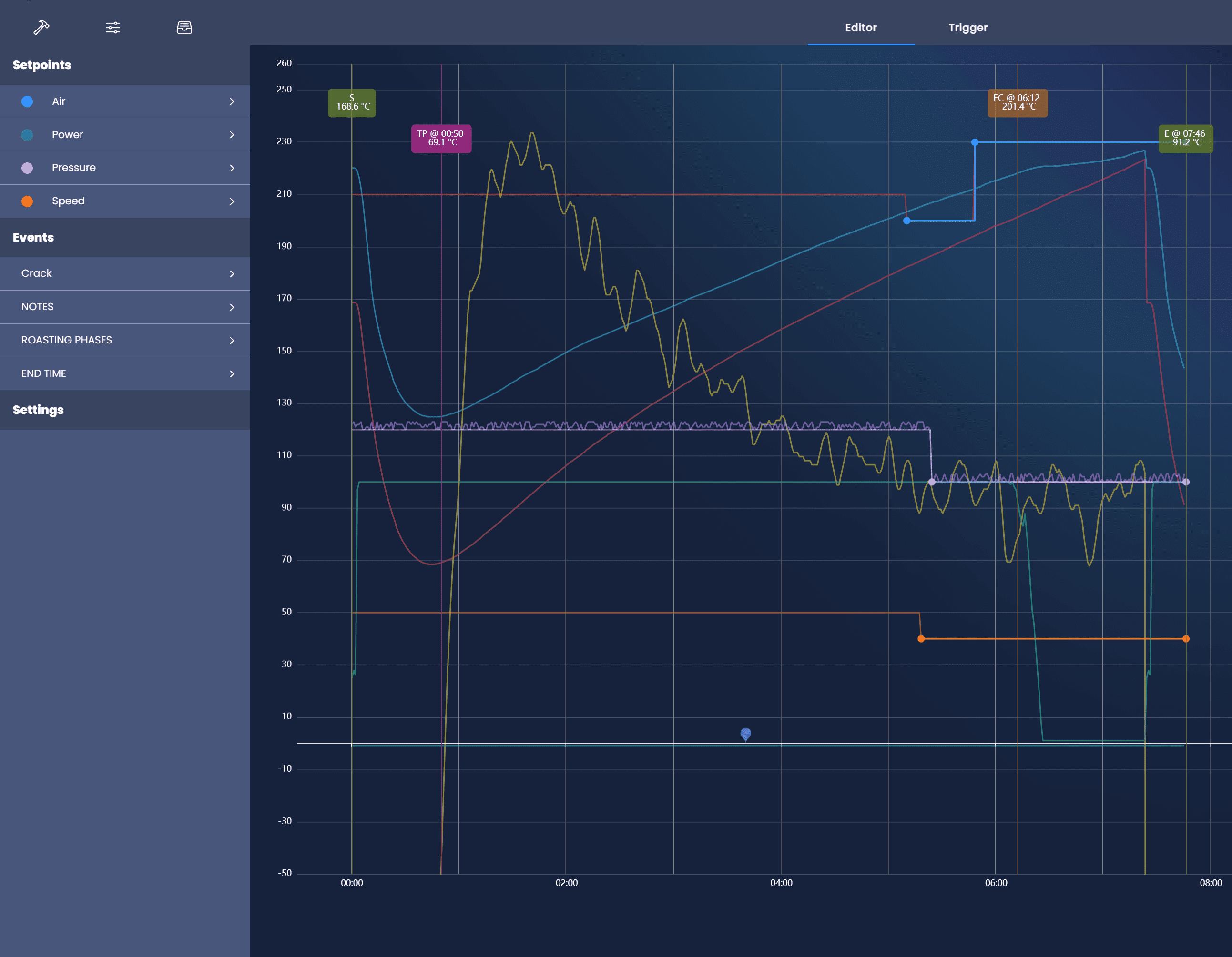Last webinar #13 focused on roasting light consistently. Willem talked about the struggles with roasting light, explained how you can create profiles, and showed a light roast profile. We wrote a summary of it.
For several years, the light roast has become a popular approach not just in the United States, but around the world. We also notice that there are roasters who sometimes struggle with light roasts. I want to specifically address some of those challenges by really reviewing some steps and presagers on how to perform light roast. Not only consistently, but also to roast coffee light in a way that the coffee shows its distinct flavored profile.
This webinar is all about roasting light consistently, we discuss today:
- Mishaps to roast light successfully
- How to prevent yourself from mishaps
- Coffee roasting profiles: sensory milestones
- Creating coffee roasting profiles for a light roast
My history with light roasted coffee
In my own personal career, and in my own coffee history, I grew up in the Netherlands where traditionally roast colors have been light. We would only think of going into the second crack in case we wanted a darker espresso roast. But in the Netherlands, traditionally, similar to in Germany and Belgium, roasting colors has been light. Since the early start of specialty coffee. I would say the second wave of coffee, we’ve seen that roasting colors started to become very dark. This was in the birth of company’s like Starbucks. We saw that dark roasts did become kind of a whole mark feature of the second wave of specialty coffee. Then the third wave of specialty coffee and with roasters who are operating nowadays, we see that roasting colors have become lighter. This has remained, although we still see that a significant percentage of coffees out there are still quite dark. But we do see that plenty of roasting companies have been shifting toward significant lighter roasts.
Mishaps when roasting light
I like to highlight some mishaps to roast light successfully. These are some examples I take from my own lab and what we’ve heard from clients. We share some examples:
- Pulped natural Brazilian: Instead of the attributes of cantaloupe and toasted hazelnuts, peanut-like flavors can develop because of under-roasting.
- Kenya SL28 washed: can taste undesirably sour as if you’re tasting the sourness of an unripe, green tomato.
- Traditional processed (wet-pulped) Sumatra Mandheling: can develop malty and earthy flavors when roasted too light.
- Panama geisha washed: can taste astoundingly bland and thin when the coffee lacks sufficient development time during the roasting process.
How to prevent yourself from mishaps
Let’s talk about some ways we can prevent this. When you are going to plot lighter roast profiles, it’s very important to allow sufficient opportunities to also recognize these distinct phases and to take time with your roast profiler, like Giesen profiler. I think with the possibilities of profilers, it remains important not to just keep your eyes on the digital profilers, but also to develop the aptitude to recognize in what phase these beans are when you’re making visual assessments of these coffee beans. That is essential. Specifically, when you’re preparing your profiles for your light roasts. It’s important to always have a benchmark of what the bean of the coffee looks like and what aromas can be smelled at that point.
Coffee roasting profiles: sensory milestones
Now I like to show you a lighter roast we did earlier.
- 272 degrees- 3:10- freshly cut grass, Here we are still in the drying phase.
- 300 degrees- 4:30 – hay. The smell of hay. At this point, the Maillard reactions are in full swing.
- 354 degrees- 7:50 – ‘A’ point. Caramelization.
- 365 degrees- 9:00 just before the first crack.
- 381 degrees – 10:35 – finish roast.

This is an example of a light roast, that has been precarious, with enough control so that the roast master can very gradually, identify the phases. So I think doing a light roast successfully and always being in touch with the chemistry developments within the bean, it’s very important that the light roast can be done with a suffusion amount of control. I feel that the most common mistake done for a light roast is that the roaster is trying to accomplish this roast in little time. Specifically, when you are doing the light roast too quickly, you are exposing yourself to the risk of under-roasting the coffee and not allow sufficient time for these important phases that are part of the chemistry of the coffee.
Let’s end this webinar with some tips for roasting profiles for lighter roasts:
- Reduce the charge temperature
- Reduce heat leading to the first crack
- Follow the same sensory milestones as I have tried to display (see picture)
- Roast development time 1 to 1.25 minutes
- Controlled bean development after the first crack.

Like to know how to calculate the roast development time? And watch Willem perform a light roast? Watch the webinar.
Check out the other Giesen blog articles and webinar summaries here.





This Post Has 4 Comments
with the graph you’ve shown, is this for 1kg or 6kg machine?
Hello Jeremiah, the graph is from a roast with the WPG1.
Are the times shown for your sensory milestones minutes or times of day (3:10, 4:35, 7:50, etc)?
Hey Tim, the time shown is minutes and seconds. So 7:50 is 7 minutes and 50 seconds for the A point in the roast.